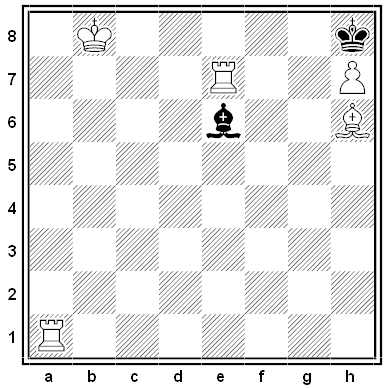
A poser by F.H. von Meyenfeldt, 1967. What move must Black play to enable a forced mate in two by White?

A poser by F.H. von Meyenfeldt, 1967. What move must Black play to enable a forced mate in two by White?
Some geometric legerdemain by Argentine magician Norberto Jansenson. (Thanks, Ron.)
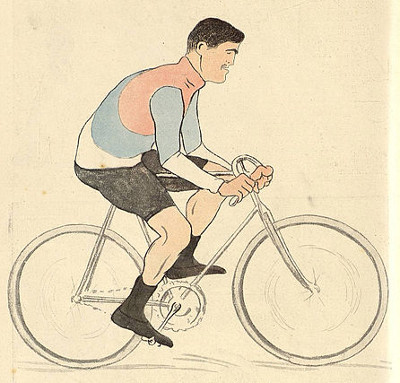
A puzzle by French puzzle maven Pierre Berloquin:
Timothy rides a bicycle on a road that has four parts of equal length.
The first fourth is level, and he pedals at 10 kph.
The second fourth is uphill, and he pedals at 5 kph.
The third fourth is downhill, and he rides at 30 kph.
The fourth fourth is level again, but he has the wind at his back, so he goes 15 kph.
What is his average speed?
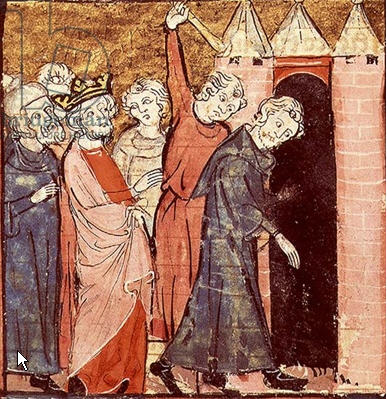
A king is angry at two mathematicians, so he decrees the following punishment. The mathematicians will be imprisoned in towers at opposite ends of the kingdom. Each morning, a guard at each tower will flip a coin and show the result to his prisoner. Each prisoner must then guess the result of the coin flip at the other tower. If at least one of the two guesses is correct, they will live another day. But as soon as both guesses are incorrect, they will be executed.
On the way out of the throne room, the mathematicians manage to confer briefly, and they come up with a plan that will spare them indefinitely. What is it?
Items requested in the 2000 Baylor College Linguistic Scavenger Hunt:
You’re locked on the roof of a building that’s 800 feet tall, and you want to reach the ground uninjured. You can safely fall only about 5 feet. The walls of the building are completely smooth and featureless, except that one wall has a small ledge that’s 400 feet above the ground. There’s a hook on this ledge, and another hook directly above it at the edge of the roof.
You have 600 feet of rope and a knife. How can you reach the ground?
Just offering this as a curiosity:
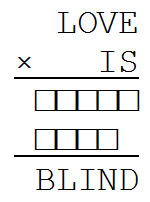
It was devised by the late Japanese cryptogramist Kyoko Ohnishi, and praised by puzzle maven Nob Yoshigahara. If each letter stands for a unique digit, what product is encoded here?
When this appeared in MIT Technology Review in November 2012, it attracted 20 responses, but it appears that all of them used computers to find the solution. If there’s a way to reason it out, I don’t think anyone has found it yet.
If we assume that neither of the factors has a leading zero, and that the partial products have five and four digits, as shown, then the solution is unique. I’ll put it in the spoiler box below, in case you want to work on it yourself.
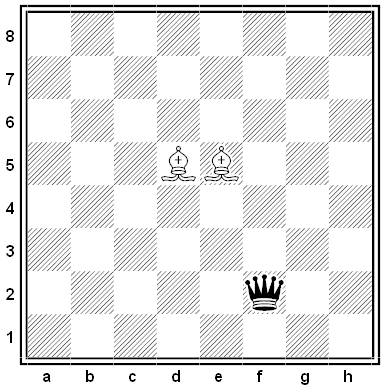
By M. Techritz. Place the black and white kings on the board so that White can mate in one move.
ditation
n. enrichment
improficuous
adj. unprofitable
Another puzzle by Yakov Perelman:
“Two fathers gave their two sons some money. One gave his son 150 rubles and the other 100 rubles. When the two sons counted their finances, they found that together they had become richer by only 150 rubles. What is the explanation?”